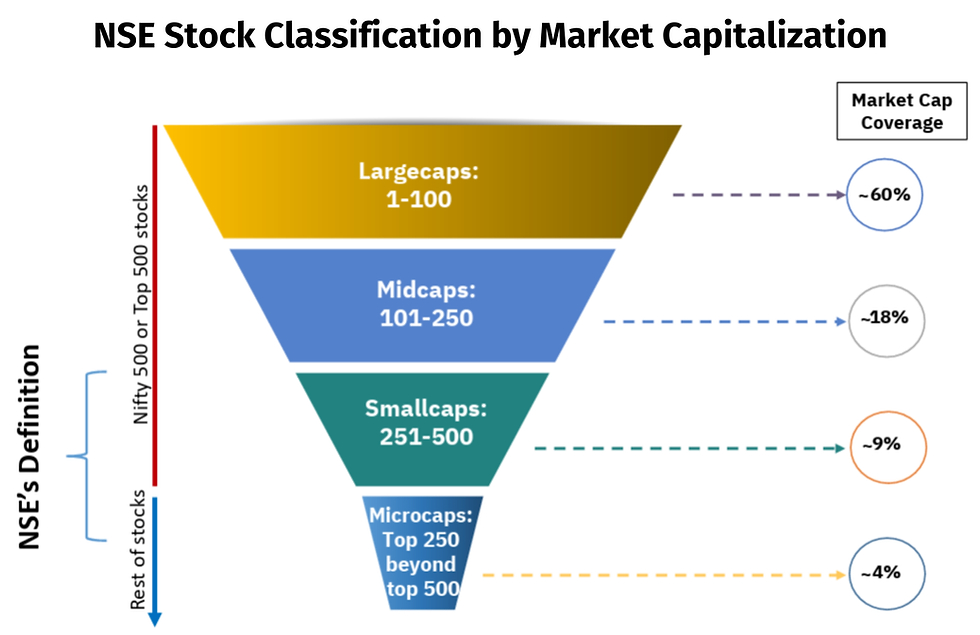Financial Planning Strategies For Everyone - II : The Peak Earning Phase
- Akshay Nayak
- Aug 6, 2023
- 4 min read
Last week I began this series on financial planning strategies for all age groups. The first part focussed on financial planning strategies for young earners between 21 and 35. I now move on to strategies for individuals navigating the peak earning phase of their lives. This phase usually begins around the age of 35 and lasts until the age of 55. Given that this phase can last for 20 years, managing finances during this period can be quite challenging.
Managing finances during the peak earning phase should focus on building on the foundations created as young earners. The peak earning phase is characterised by two major aspects that balance each other out. Income growth and earning potential is maximised during this phase. But this is balanced out by the need to meet a variety of essential financial responsibilities. Therefore, managing money during the peak earning years is all about balance. Those navigating through this phase must take advantage of the fact that they are able to earn handsomely and potentially diversify their sources of income. They must employ these advantages effectively to meet their responsibilities.
The first and foremost responsibility for those navigating through their peak earning phase should be to completely eliminate all forms of debt as quickly as possible. EMIs on various debts may be increased at every given opportunity. But increasing EMI payments must not compromise our ability to invest for our financial goals. Debt servicing and investments for financial goals must always run in parallel. Once all our debts have been paid off, the money saved on EMIs would become available for other uses. This money may then be channelised towards our investments.
Speaking of investments, the peak earning phase brings its own set of challenges in this regard. Those navigating through their peak earning phase are more than likely to have people who are financially dependent on them. So though income shoots up during the peak earning phase, the capacity to take risks is automatically reduced. Therefore, the overall asset allocation of our investment portfolios needs to be recalibrated accordingly. Those who have just entered their peak earning phase may not have too many financial responsibilities and dependents.
In general, this means that they may be continue with a predominant allocation to equity. Allocations to debt may be relatively lower. Those who are well into their peak earning phase need to balance portfolio growth with meeting their current and future expenses and other financial needs. In such a case, a near equal allocation to equity and debt would better align their portfolios to their needs. Some indicative asset allocation strategies based on age groups are given in the graphic that follows.

The increase in income during the peak earning phase creates opportunities to build multiple streams of passive income. Building streams of passive income does not simply mean dividend income from stocks. The most rewarding way to create passive income streams through the monetisation of hobbies. So someone who has a flair for writing can start and monetise a blog of their own for example. Someone who enjoys cooking can start a YouTube channel where they share recipes and monetise it once it has a substantial subscribers base. Following this approach would create robust passive income streams.
They can then serve as a source of supplementary income. It would also mean that there give us something meaningful to do that is also enjoyable and scalable. This would help fill the extra time that opens up when financial independence is achieved. Some criteria to consider when picking a business idea for passive income are given in the graphic that follows.

Owning a second home is a common aspiration among those in the peak earning phase. Such aspirations are completely understandable. But care must be taken to ensure that real estate does not form a significant portion of the portfolio. Real estate is highly illiquid. Costs and procedural hurdles associated with real estate are significant. Real estate exposure must therefore be restricted to not more than 30% of the portfolio. Also, it is ideal to purchase properties entirely in cash. Where EMIs are required, the down payment must be at least 50% of the value of the property.
Lastly it is important for those in their peak earning phase to optimise their insurance needs. Having life and health insurance is obviously important. But it is also important to ensure that the premiums on policies are not too high. High premiums eat up money that would otherwise have been available for wealth creation. Therefore, the choice of the right insurance products is essential. My earlier standalone articles on life and health insurance titled Once Your Time's Up, Then What? and Gun For Wealth, But Don't Forget Health respectively, would provide more insights on these topics. Feel free to have a look at them.
To sum everything up, the peak earning phase is a critical phase as far as financial planning is concerned. This is a phase which can help create significant and lasting wealth. But it can also see us undo all the good work done in the past. The effects of any financial mistakes made during this phase may be irreversible. It is therefore a make or break phase for every individual. Every financial decision during this phase must be taken in cognisance of the long term effects of each decision. Following the guidelines discussed today would allow individuals in their peak earning phase to navigate their finances effectively.



Comments